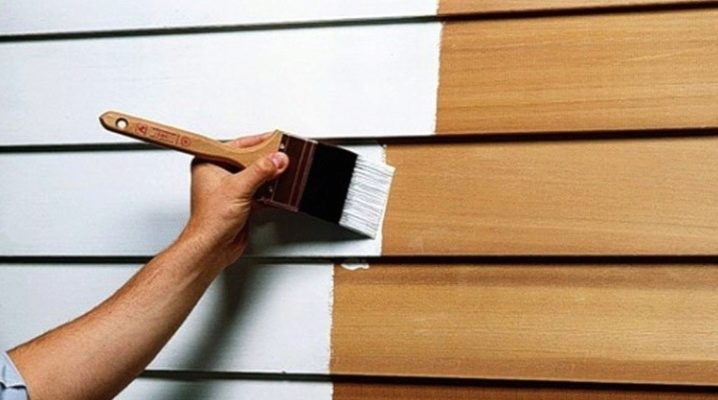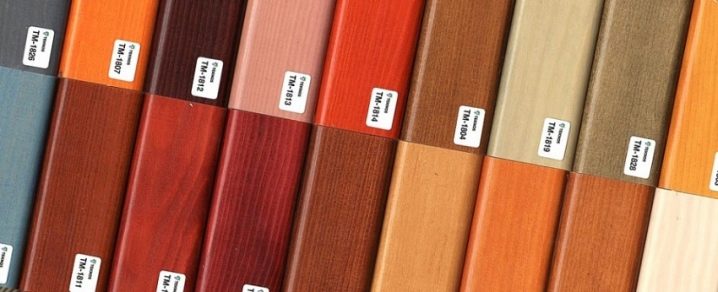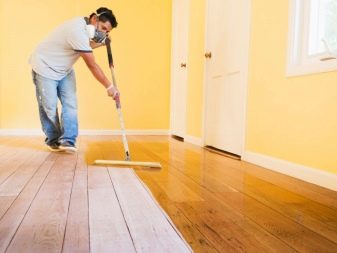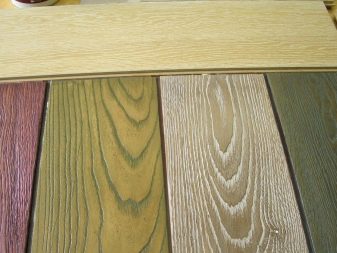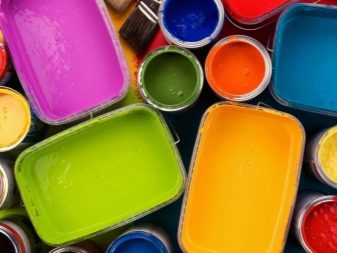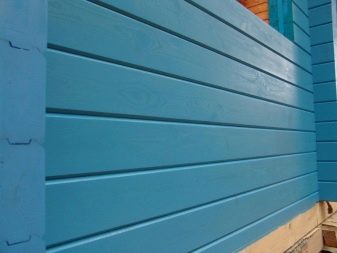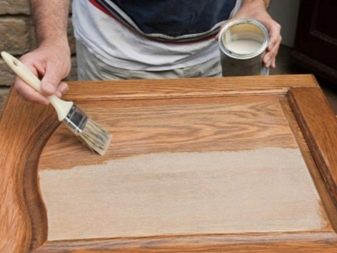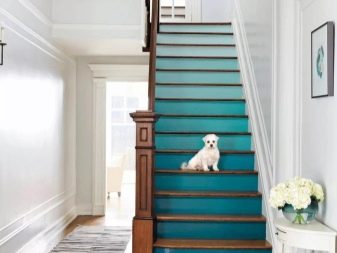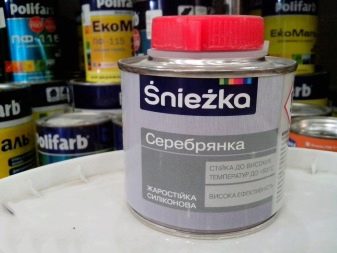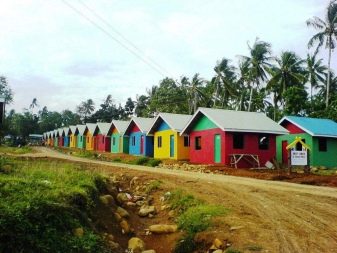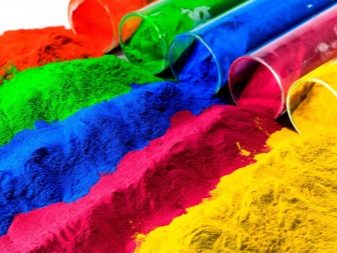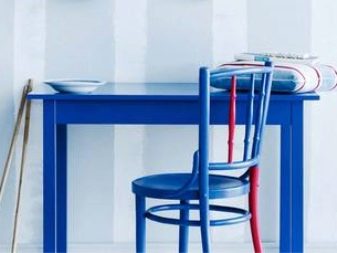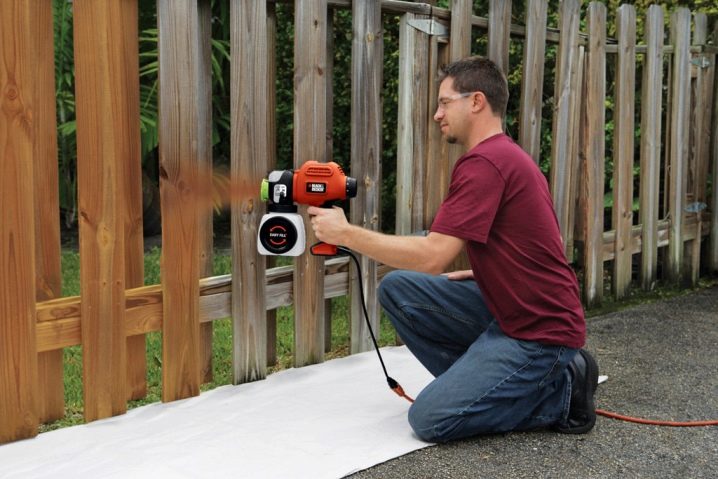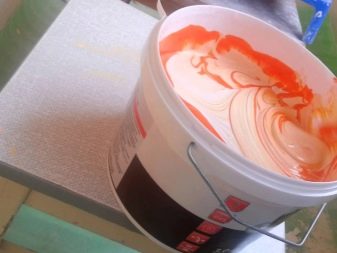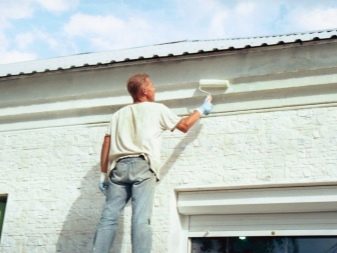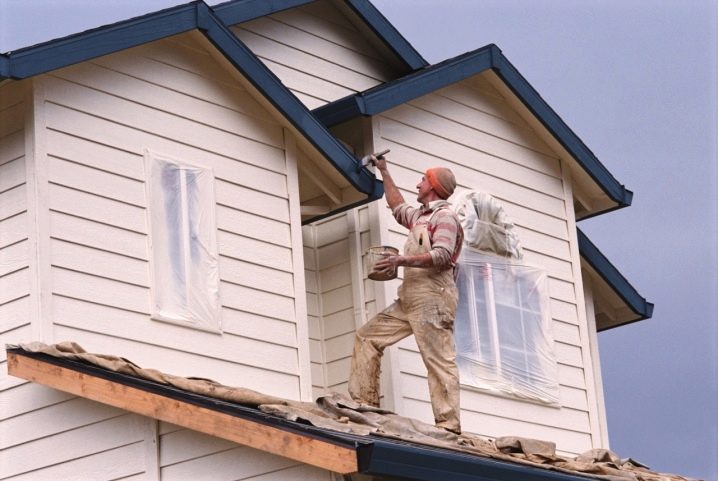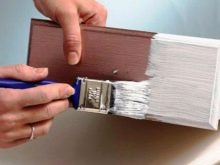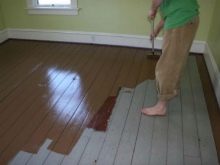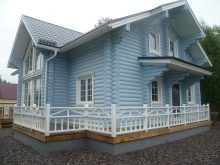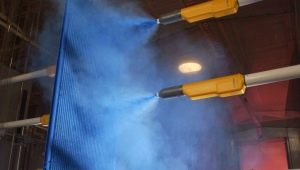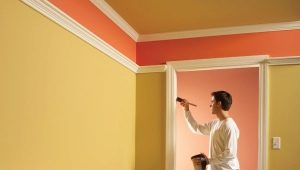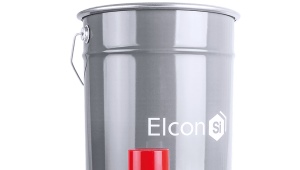Water-based paint for wood: features of choice
Water-based paint for wood is one of the best options for interior decorating. This type of coating has no unpleasant odor, this material does not emit toxic substances. This article discusses the features of the choice of such coloring compositions.
Material characteristics
Water-based coloring mixtures do not contain (or contain, but in a small amount) volatile organic compounds, which makes the material safe for health. The absence of organic solvents in the composition of the coating indicates that this mixture is fireproof.
Water-based paint is an ideal option for repairs in closed or poorly ventilated areas. This coating dries quite quickly, after finishing the works, it is not necessary to leave the premises for a while.
Main types
In the modern building materials market there is a wide range of water-based paints and varnishes, which differ in composition and technical characteristics. A common component of all such materials is water, which plays the role of a solvent. Consider the main types of mixtures based on water in more detail.
Water emulsion and water dispersion mixtures
Water-based paints and varnishes have long been popular in the market of coloring mixtures. This material has a low cost and good technical characteristics. Such paint is easily applied to wood, dries in a short time (usually two hours are enough). It is completely harmless to health.
The composition of water-dispersion mixtures include polymers. Water-dispersion materials surpass water-emulsion compositions in some characteristics. Such material is a more durable coating, its color does not change for a longer time.
Acrylic
Acrylic blends are a type of water-based emulsion formulation. The quality of these materials depends entirely on the manufacturer.Quality mixtures form on the surface of a waterproof elastic film that is resistant to mechanical stress.
The coating is resistant to direct sunlight and to sudden temperature changes. Before applying such material on wooden structures should remember that the surface should be as flat and smooth as possible.
Silicone
Silicone compounds are the most expensive type of water based paints. This material has a number of unique qualities and high performance. It can be used for external and internal work.
The coating, which is obtained after the complete drying of the coloring mixture, is characterized by good resistance to any dirt and moisture. This mixture can be applied to almost any material. High-strength paint coating has a long service life, which can be twenty-five years. At the same time the paint will not lose its original appearance. The special qualities of this material include the following qualities:
- the coating does not deteriorate when heated;
- resistance to the formation of fungus and mold;
- With this mixture, you can make a rough surface smoother.
Mineral
Mineral mixtures are composed of crushed minerals, which act as a pigment. This type of water-based paints well protects the wood from moisture, prevents the processes of decay and the formation of mold.
Such material is produced in the form of a powder mixture. The solution is ready to be applied, it is necessary to make yourself - by diluting the bulk material in water. Finishing work is allowed to be carried out only at positive temperatures.
Due to the remarkable technical characteristics of the mineral paint, the resulting coating increases the service life of wooden structures.
Silicate
Silicate mixtures are one of the types of mineral compounds. Liquid glass is used as a filler in this material. Silicate paints are characterized by increased resistance to natural influences, as well as resistance to the formation of fungus and mold. On lumber structures, this paint creates a durable and durable coating that can last more than twenty years.
Latex
Latex mixtures are moisture resistant and good resistance to various contaminants. The paint has antistatic properties, so dust does not stick to the surface. Latex materials are available in a small color range. Most often it is black or white. White paints are easily tinted in any shades.
Latex-based paint is characterized by low consumption, which saves money during the finishing works. The disadvantages of this material include the need to carefully prepare the base before applying the mixture.
On the surface of the wood there should be no obvious defects: irregularities, cracks, roughness. Before painting, wood must be primed with a solution with an antiseptic, as the paint is not resistant to the occurrence of fungus and mold, so it will not be able to protect the structure from the penetration of microorganisms.
Polyvinyl acetate
Water-dispersion mixtures based on polyvinyl acetate can be used for both internal and external decoration of wood structures. The material creates a waterproof, but vapor-permeable film on the tree.This coating is resistant to precipitation.
Polyvinyl acetate blends can bridge small cracks in wood surfaces. This material does not fade under the influence of direct sunlight and does not change color with long use.
The disadvantage of this material is quite high price (compared to the cost of other water-based mixtures). In addition, the application of the coloring mixture on wood requires careful preparation of the surface and following a certain technology.
After stripping the wooden base from the old finishing layer and removing the dirt, a small layer of paint is applied. After that, you need to wait for the complete drying of the coating. Then the surface is polished, and a second layer of the mixture is applied to it, which, after drying, also needs to be sanded.
How to choose?
Each type of water-based paint product has its own specific performance characteristics. When choosing the right mixture for wood processing, there are many different factors to consider:
- type of finishing works;
- the purpose of the room in which the wooden structure is located;
- the desired shade of the surface;
- the composition of the coloring mixture;
- material price;
- solution consumption per square meter;
- paint drying time.
For outdoor finishing work, it is better to choose mixtures that are most resistant to sudden temperature changes and precipitation. They are distinguished by a high level of frost resistance and do not fade when exposed to direct sunlight.
Indoors it is worth using formulations with the shortest drying time and lack of smell.
See the following video for tips on choosing paint for wood.
